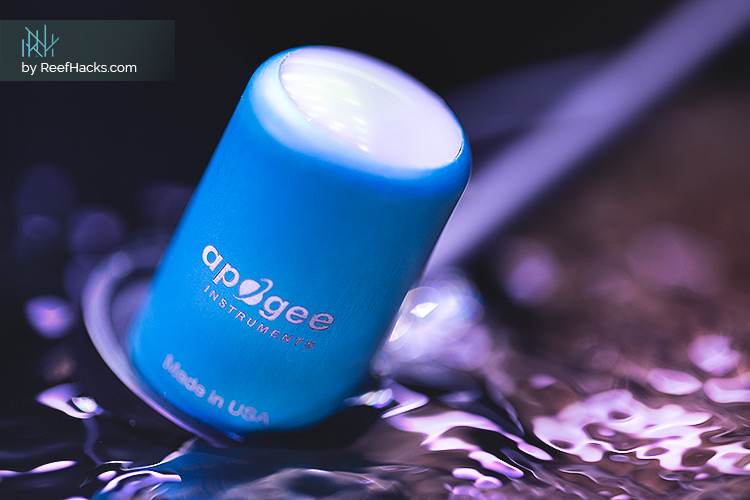As I was walking in nature, I glazed at the beauty of sun-soaked trees. And it got me thinking how much we depend on light. Every creature from this planet.
Without the Sun, we would be a block of ice, devoid of life and everything we cherish in here. The light that helps us see also warms the Earth and provides plants with a direct energy source. We wouldn’t be alive without light.
However…

Author:
As a lifelong aquarist, Yuliya has an endless curiosity about our underwater universe. After graduating with a bachelor’s in Environmental Engineering, she transformed her passion into a successful career. While working at the Institute of Environmental Protection in Moscow, her passion for saltwater and reef aquariums only increased. Moving to the United States in 2013, Yuliya embarked on another impactful journey by sharing her unprecedented experience for all aquarium hobbyists ... Read More.
We forget about the importance of light in our daily life. Since we get our food from the store, we don’t always realize that the food couldn’t exist without the light.
Sure, we have invented devices that turn electricity into light. Yet we wouldn’t have the ability to invent those if we didn’t exist in the first place. Because without light there wouldn’t be photosynthesis, and without photosynthesis, we wouldn’t have oxygen to breathe.
Isn’t that interesting?
All reefers have to turn their attention towards the importance of photosynthesis and light at some point if they care about their corals and want to see them growing and glowing.
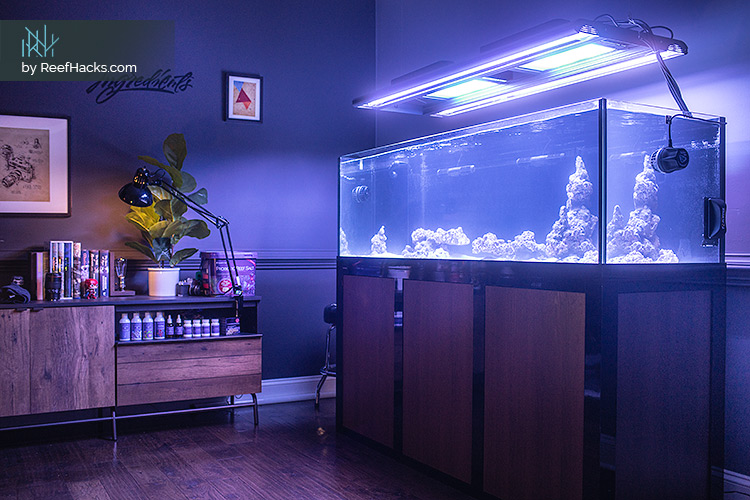
Lighting For The Giesemann Reef Tank Build.
I had to think about the importance of light in my new Giesemann reef tank as well. It was really important to get everything right from the beginning, so I wouldn’t encounter too many problems later.
Lighting can become a nuisance if you don’t take care of it properly.
If you spend the money and the time to set your lighting in a proper way, the corals will grow better. Otherwise, you could lose them over time by burning them with too much light or starving them with too little light.
It’s quite bad to encounter this type of problem along the line. You could do everything else right in your reef tank, and still have dead corals because of improper lighting.
And considering how much money you have to invest in a reef tank, this would be a nightmare.
I’m a big fan of the LED + T5 combo, so for this build, I will be using the same combination. I am talking about Philips Coral Care 2 mounted with Giesemann STELLAR fixture with 4 T5s bulls in it.
They work great together and I like the flexibility of also having an LED that can go from 0% to 100% and possibility to adjust them to the color that I like the most.
But is it enough to just mount the lights and turn them on?
Even if you only have T5s bulbs with no intensity adjustments, you’d still have to figure out what is the proper height to achieve optimal PAR levels. Since I will be having an SPS dominant tank, I aim to achieve an optimal 250-350 PAR all over the tank.
Do you just go with the recommended height and hope for the best?
There is a better way.
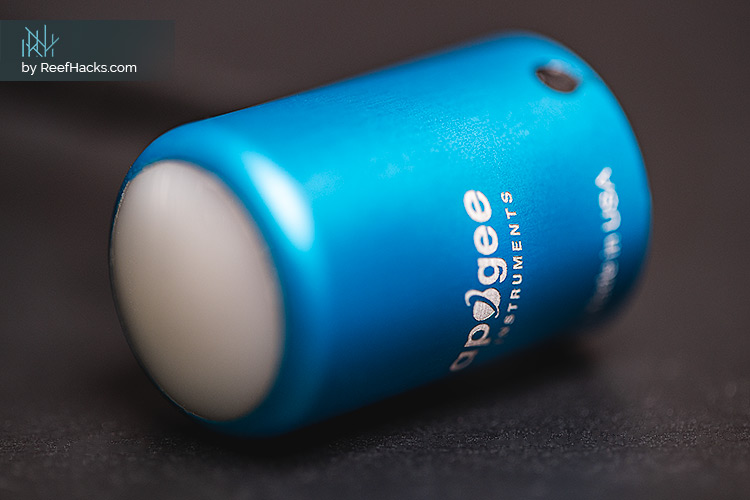
Setting Up a Reef Tank Light Using a PAR Meter.
I have to say, I am a control freak.
And you have to be if you want your reef tank to thrive, not just survive.
If you are anything like me, you like to measure stuff out and adjust to perfection everything from micronutrient dosage to water temperature.
Why lighting, which is such an important aspect of coral health, should be set any differently?
The good news is that it doesn’t have to be. Thanks to Apogee PAR Meter MQ-510 Full-Spectrum, you can adjust the lighting in the best way so your corals get the light intensity they need.
Nothing less, nothing more.
The Apogee MQ-510 is a new type of PAR meter that is specifically designed to measure underwater light in aquariums. It was created with a correction factor that accounts for the immersion effect, compared with other sensors. It has a sensitivity of 389 to 692nm. It’s our choice when it comes to PAR meters.
Why?
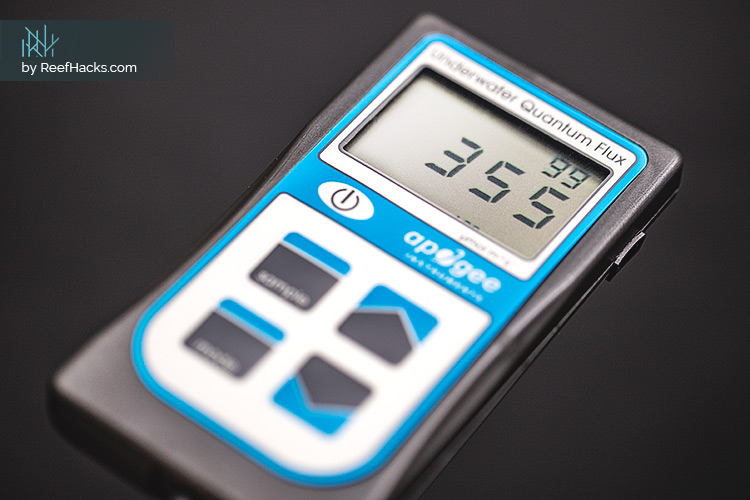
Using this PAR meter, you can easily identify the intensity of light in all important spots of your aquarium. Because lighting reflects and might create hotspots in your tank, you can’t possibly know if there are some spots that will burn your corals. Since we can’t identify these spots with the naked eye, we need to use this kind of tool.
And it’s very easy to use as well. You simply mount the sensor on the wand and immerse it in the areas that you want to measure it.
One more reason to use this…
Like anything regarding reefing, each tank is different. There are plenty of factors that influence the distribution of light inside the tank, and each one of these factors varies. Which means each tank has different lighting needs. That’s why this tool is a life saver when it comes to your tank lighting.

Investing In a PAR Meter - The Wisest Investment.
We will let aside the fact that a reef tank requires a lot of time and work. It also requires a lot of money invested.
And you want to have this investment protected, don’t you?
I mean, if I’d buy an expensive car, I wouldn’t cheap out on the price of the insurance. It might not be the best comparison, but I think investing in a PAR meter is like investing in insurance. You want to be sure that your light is within the optimal parameters for your corals. It’s extremely complicated to replicate the oceanic environment, as everybody with a reef tank can confirm.
But setting up your light without a PAR meter is guess work. You couldn’t possibly know something is wrong until it’s too late. Just like we need tests for our water to make sure we have the perfect chemical balance, we also need to test our light to make sure we have the optimal levels all over the tank.
You don’t even have to buy it if you don’t have the funds to purchase it right now (it’s $538). You can rent it out for 7 days from BRS for $70 and do your thing with it, then return it. It’s simply an investment you cannot neglect.
Think about all the money you are planning to invest in your reef tank. You don’t want to wake up one day and find your precious corals dead because there were some hotspots you had no idea about, I’m sure of it.
The Apogee PAR Meter MQ-510 Full-Spectrum is the way to make sure of it. The guarantee that your investment is not going to get burned by the light is enough incentive to make it worth the price.
And since you will have healthy and thriving corals, you can make a quick buck from selling frags from your aquarium. It will be worth the investment.
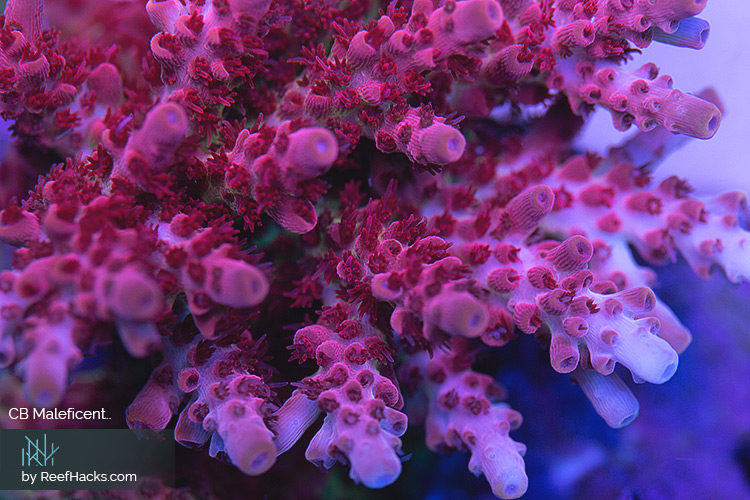
Another nice perk for using a PAR meter is replacing the T5 bulbs when they actually start to drop in intensity. It’s recommended to replace them once a year, but research shows that the PAR generated by the T5 bulbs only starts to drop around the 2-years mark. If you don't believe check this video from BulkReefSupply:
Now you can know for sure!
You’ll be replacing them when they really start to wear down, thus increasing the efficiency of your operating costs. I would say this meter is a money-maker.
But for me, knowing that I can set the lighting in a way that will not only keep the corals alive but also help them thrive, helps me sleep comfortably at night.
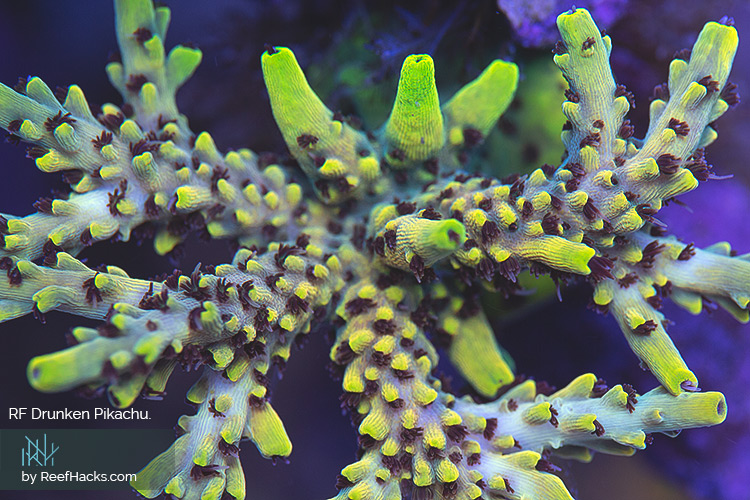
What Are The Settings for Our Build.
With the help of the Apogee PAR Meter MQ-510, I determined that the optimal height for the fixture is 9” above the water surface. This resulted in an optimal 250-350 PAR all over the tank.
I am using a shallow aquascape, so I had to run the lights at maximum power to achieve the desired levels on the rocks that I was going to place the corals. However, in the middle of the tank, this light setup was giving me 550 PAR. Thanks to the PAR meter, I avoided this hotspot by lifting up the fixture.
I am happy with the light and its performance. In a previous article, I mentioned that a 6-foot tank needs 3 units of Coral Care Gen 2, according to Philips recommendations. But in combination with the Giesemann Stellar, 2 units are more than enough.
I don’t have to spend more money on one more fixture.
I like the level of control I have thanks to the PAR meter. I know exactly where to position the lights for optimal performance. Be sure to check the full review of this mazing LED fixture here.
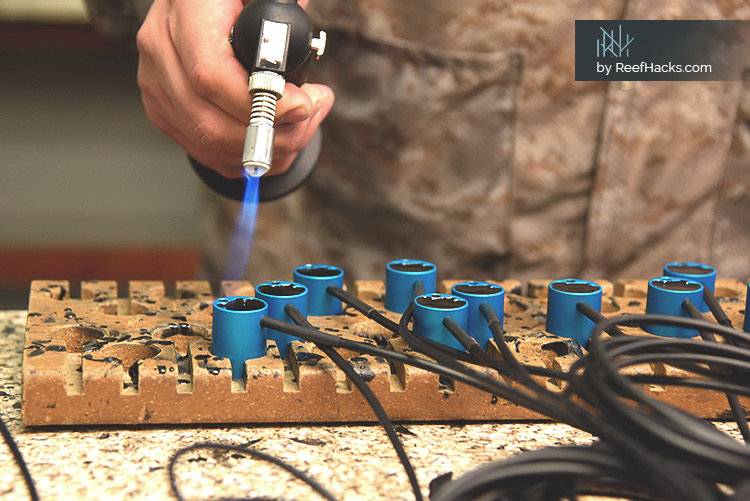
Conclusion - PAR Meter, Yay or Nay?
A PAR meter is an essential tool for reefers, considering how you set the light will play a crucial role in whether your corals will live or thrive.
While there are many factors that play an important role in the health of a reef tank, light has to be one of the most important. And it makes sense since it’s the reason those corals are alive in the first place.
I never want to go back to the moments when I had to do guesswork when setting up the lights and pray for the best.
Do you know what I mean?
Since no two reef tanks are the same in terms of light distribution, the PAR meter helps you adjust the settings to a level needed for your tank. And when it comes to PAR meters, the Apogee PAR Meter MQ-510 Full-Spectrum is the best there is.
The money saved from not burning or starving your corals is more than enough to justify the price, not to mention that you can rent it for a fraction of the cost.
But knowing that your corals will be alive and well thanks to optimal PAR levels around the tank is a feeling that you can’t put a price on.
by Yuliya Ivanova for ReefHacks.
The A500X is an all-new, purpose-built pendant light brought to us by the brainy biologists and enterprising engineers over at Kessil.What is
As I was walking in nature, I glazed at the beauty of sun-soaked trees. And it got me thinking how much we
Hi guys! I can't believe that this year is so close to the end, how are you? I'm sure you feel the
Hi everyone! It's so lovely to get back to writing after a break. I'm delighted that my new reef tank from Giesemann
When I first decided to look into the life of aquariums, I had very little knowledge, but a real hunger to learn
As you know, I'm working on my new reef tank build this year. And step by step, choosing parts of this new

